Today is World Water Day.
The theme for World Water Day 2023 is: Accelerate Change. Every human being on this planet is roughly 60% water.
 Wigeon Pond and Centennial Mountains, Red Rock Lakes National Wildlife Refuge, Centennial Valley, Beaverhead County, Montana
Wigeon Pond and Centennial Mountains, Red Rock Lakes National Wildlife Refuge, Centennial Valley, Beaverhead County, Montana
There are simple things that we can do as individuals to save water:
- Fix leaks: Leaky faucets, pipes, and toilets can waste a significant amount of water. Regularly check for leaks and repair them promptly.
- Use a low-flow showerhead: Installing a low-flow showerhead can significantly reduce water consumption without sacrificing the quality of your shower experience.
- Turn off the tap: Turn off the tap while brushing your teeth or shaving to conserve water.
- Water-efficient appliances: Choose appliances that are water-efficient, such as dishwashers and washing machines with high Energy Star ratings.
- Water your plants wisely: Water your plants in the early morning or late evening when the temperature is cooler and evaporation is minimal. Use a watering can instead of a hose to avoid over-watering.
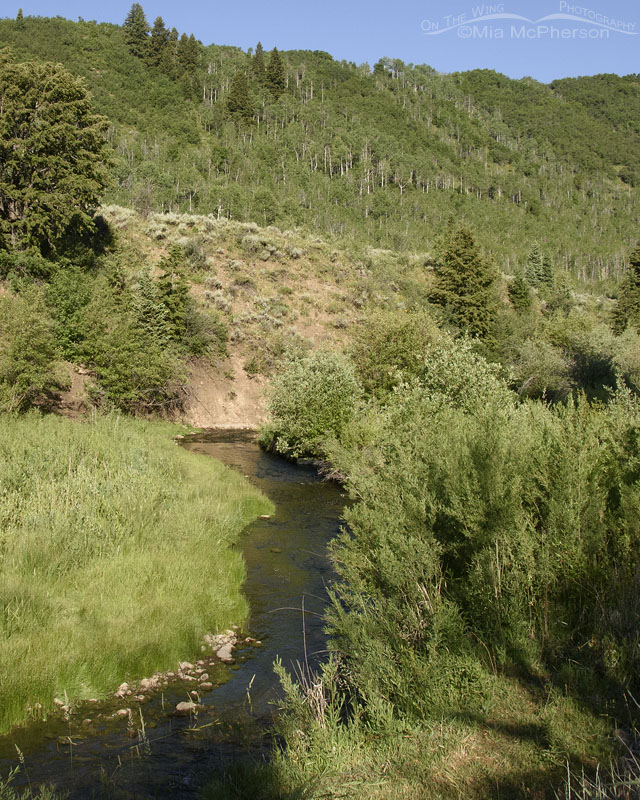 Summer Summit County creek view, Wasatch Mountains, Summit County, Utah
Summer Summit County creek view, Wasatch Mountains, Summit County, Utah
Things you can do in your neighborhood to help be the change:
- Take part in clean-ups of your local rivers, lakes, wetlands or beaches.
- Protect nature. Plant a tree or create a raingarden – use natural solutions to reduce the risk of flooding and store water.
- Be curious. Find out where your water comes from and how it is shared and visit a treatment plant to see how local waste is managed.
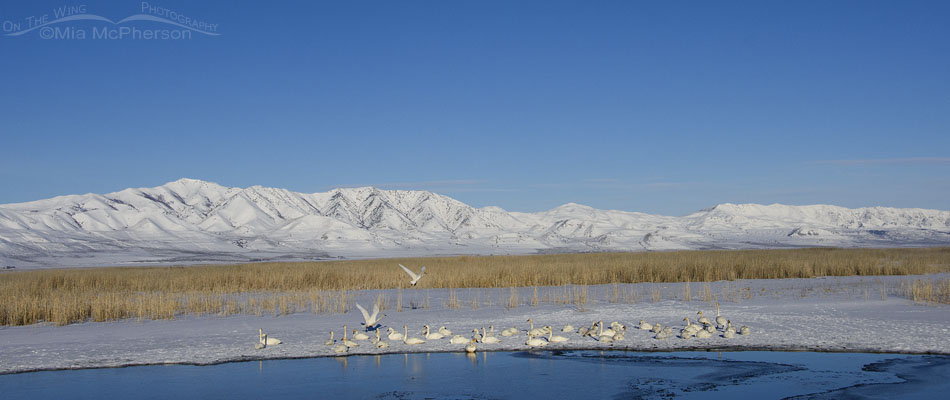 Tundra Swans on the wetlands of Bear River MBR, Box Elder County, Utah
Tundra Swans on the wetlands of Bear River MBR, Box Elder County, Utah
Water and climate change are inextricably linked. Extreme weather events are making water more scarce, more unpredictable, more polluted or all three. These impacts throughout the water cycle threaten sustainable development, biodiversity, and people’s access to water and sanitation.
Flooding and rising sea levels can contaminate land and water resources with saltwater or fecal matter, and cause damage to water and sanitation infrastructure, such as waterpoints, wells, toilets and wastewater treatment facilities.
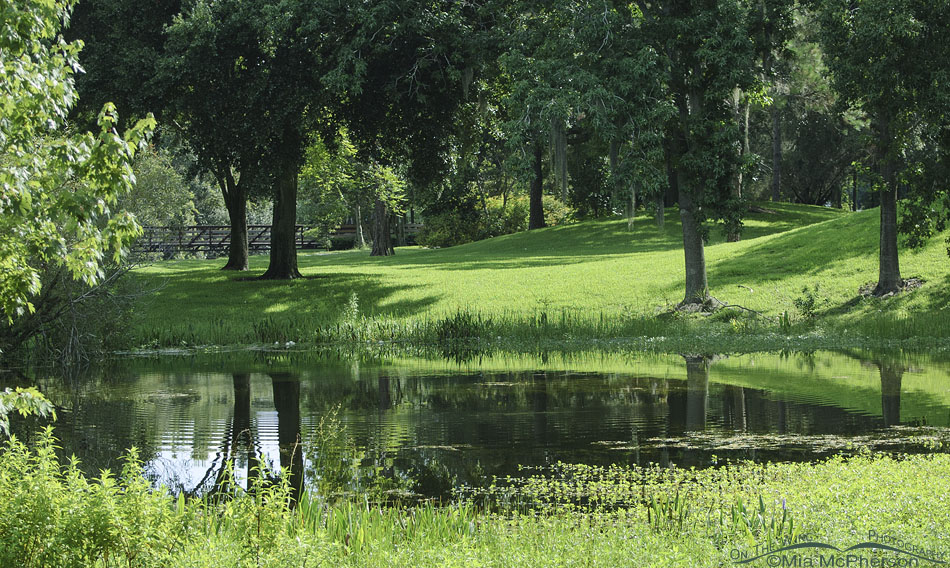 Summer morning at Sawgrass Lake Park, Pinellas County, Florida
Summer morning at Sawgrass Lake Park, Pinellas County, Florida
Glaciers, ice caps and snow fields are rapidly disappearing. Meltwater feeds many of the great river systems. Volatility in the cryosphere can affect the regulation of freshwater resources for vast numbers of people in lowland areas.
Droughts and wildfires are destabilizing communities and triggering civil unrest and migration in many areas. Destruction of vegetation and tree cover exacerbates soil erosion and reduces groundwater recharge, increasing water scarcity and food insecurity.
Growing demand for water increases the need for energy-intensive water pumping, transportation, and treatment, and has contributed to the degradation of critical water-dependent carbon sinks such as peatlands. Water-intensive agriculture for food production, particularly meat, and for growing crops used as biofuels, can further exacerbate water scarcity.
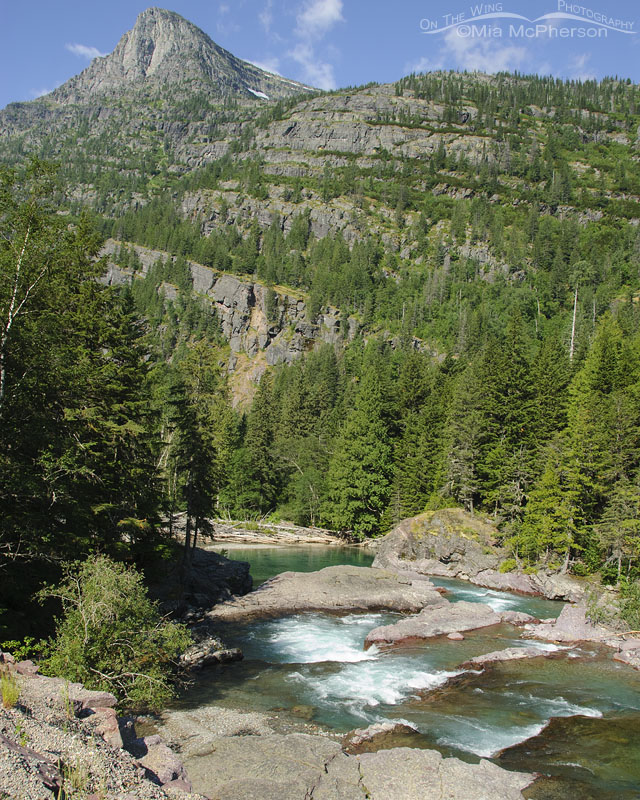 Rushing water at Glacier National Park, Glacier County, Montana
Rushing water at Glacier National Park, Glacier County, Montana
Water issues on a very personal level…
I had a very deep well fail on me in 1998 while I was in the midst of a very ugly divorce when I was very sick.
I tried to have my water well fixed. The company I hired worked on it for a week straight. My deep well was not able to be saved. I had to withdraw money from my 401K to have a new well dug. The problem? I had running water from the new well but the water wasn’t potable.
What did that mean?
It meant that the water from my well could be used to wash dishes, wash clothes, flush toilets and could be used to shower in but it wasn’t drinkable. I couldn’t use it to make coffee or to cook with. I couldn’t use the water to fill my dog’s bowl or a glass for myself.
From late 1998 until August of 2001 I had to buy or fetch my drinking water from my parent’s or step-brother’s house who were between 30 to 50 miles away. I had to do that even after I had spinal surgery in 2000. To move the water from my Jeep into my house I could only carry one gallon at a time during my surgical recovery period.
I learned to never, ever, taking running, drinkable water for granted. Clean, drinkable water coming out of a faucet is no small thing.
Even though that was hard for me to deal with other people on this planet have it far worse than I did back then.
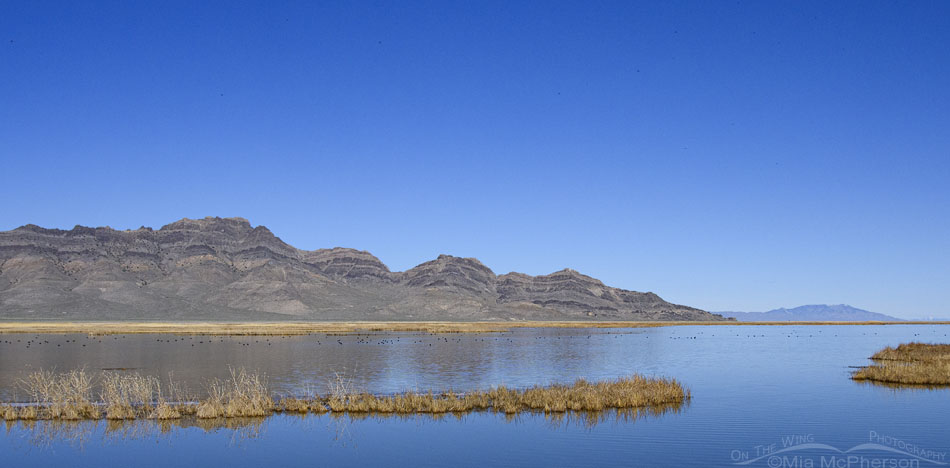 Spring view at Fish Springs National Wildlife Refuge, West Desert, Juab County, Utah
Spring view at Fish Springs National Wildlife Refuge, West Desert, Juab County, Utah
Today I live in a desert where water waste is a huge issue. The Great Salt Lake just miles away is dying because of mismanaged water use.
When it comes right down to the nitty gritty, water affects everyone, so we need everyone to take action. This “Big blue marble in the sky” only supports life because of one compound element.
Water.
Mia
For more information on World Water Day click here.


Wonderful series of landscape pics. I love your narrative. Even in periods of extreme drought…people just don’t get it. Is water more precious than gold? The resource abusers will find out soon enough. Thanks Mia.
So well-put, Mia. And while it seems like we’re getting a little too much rain right now, I know that it isn’t making up for the years and years of drought and water mismanagement. Plus, we don’t know what’s going to happen in the coming years, rain-wise, so always the need to conserve, conserve, conserve. 💙
Truth. Water is a precious, precious resource. A resource that many of us mismanage shamefully.
First of all, Mia, I’m so sorry for all you have gone through. Thank you for reminding us of how valuable water is and for all your insight on our natural resources. I don’t usually comment, but I want you to know how your nature photos brighten my days. 🙂 Love and blessings to you!
What a gorgeous set of landscapes you’ve treated us with today. Sadly, as the IPCC’s latest report points out all the individuals in the world who care taking short showers cannot help when politicians of all parties in all countries enable industrial farming and its wastes and chemical wastewater runoff, and the processing and extraction of fossil fuels and their plastics, as well as the extraction and processing of uranium, and lithium to befoul our groundwater, our lakes and oceans at unimaginable and, more importantly, at ever increasing rates. At least your photos pay tribute to what was and what might have been and soothe a lot of hearts which must ache with increasing pain every time this day rolls around.
Granny Pat, I know we do what we can as individuals but as you mentioned it isn’t doing as much good because of industries, corporations, and government failures to protect our water sources.
I have to keep having hope or I’d crumble.
Thank you for your inciteful reminder of just how precious water is to the world